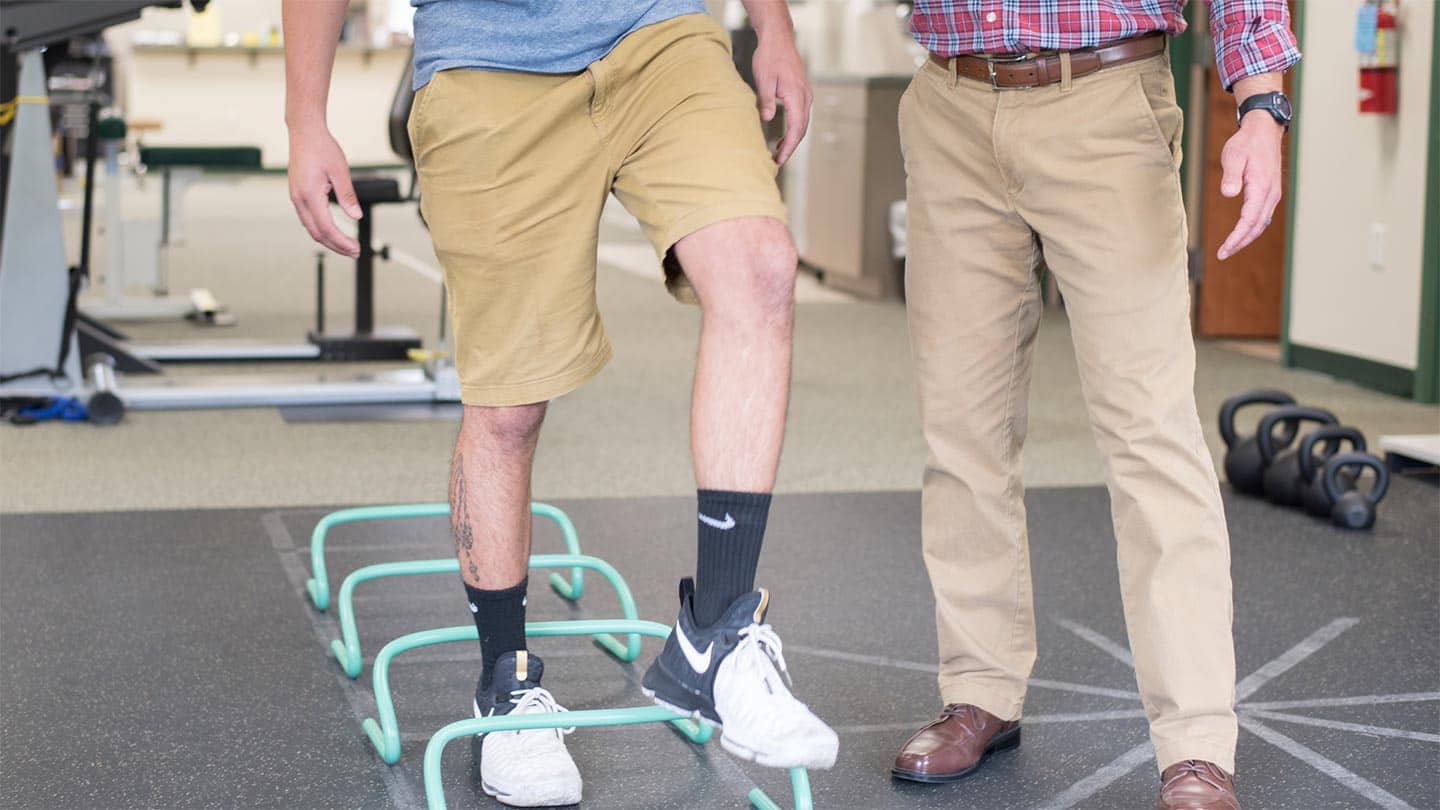
Kathryn Dale, PT, OCS, SCS, FAAOMPT
Multiple sclerosis (MS) is a disease that affects the nerves in the body. Nerves are the structures that communicate signals from the brain to the body and allow us all to think, move, and even breathe. MS involves the loss of myelin, a material that covers and protects the nerves in the body’s central nervous system. Without this myelin, nerves cannot properly communicate with each other. MS symptoms vary from person-to- person, depending on what part of the nervous system is affected. Often, one of the first signs of MS is a change in vision, such as blurry or double vision. Nearly all persons with MS also report difficulty walking and difficulty with other functional movements such as getting out of a chair. This disease may be diagnosed with an MRI, once similar conditions have been ruled out. The cause of MS is unknown, but may be linked to genetics, viral or environmental factors.
Common Symptoms, Impairments and/or Functional Limitations:
Multiple sclerosis can affect structures that control movement, sensation, and/or mental and emotional processes and persons with MS may experience any of the following changes:
How can Physical Therapy or Occupational Therapy help?
Research has shown that starting physical therapy or occupational therapy right away can help the person in the early stages of MS adjust to changes in fatigue levels, balance, walking and coordination. The physical therapist does this in a number of ways:
The therapist will evaluate the physical capabilities of the person with multiple sclerosis and collaborate on specific goals and activities unique to that individual.
References:
